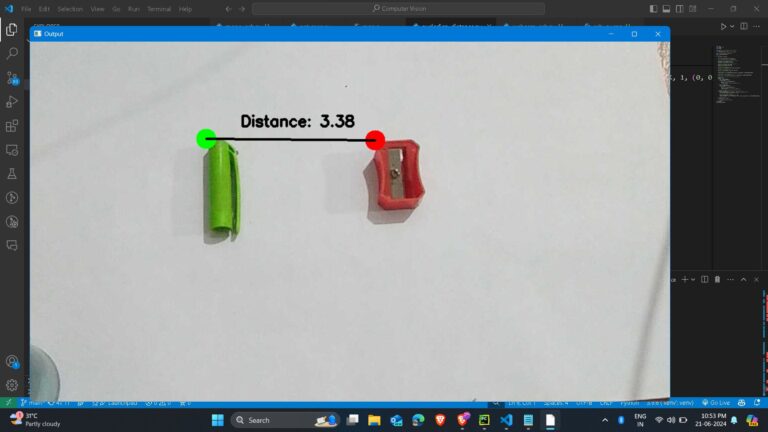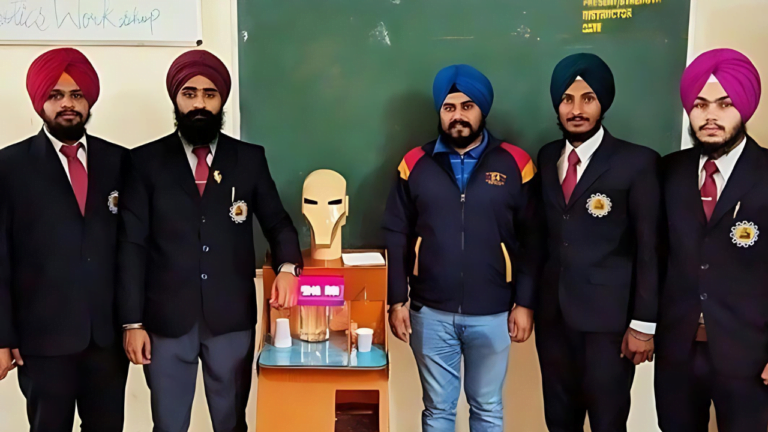🎉 Excited to share that I’ve submitted my Master’s thesis on “YDM-SLAM: YOLOv8-powered Dynamic Mapping of Environment using ORB-SLAM3.”
It was quite a roller coaster journey, with moments when I felt like giving up. However, with the support and guidance of mentors like Dr. Puneet Kumar, Dr. Narinder Kaur, and my Computer Vision professor Dr. Ranjit Singh, I managed to stay on track and overcome the challenges.
Why I Chose This Topic
During my undergraduate studies, I worked on an Aqua Serving Robot project, which faced significant navigation challenges. This experience sparked my interest in autonomous navigation, leading me to explore Visual SLAM for my Master’s thesis. I aimed to address the issue of dynamic objects in the environment by integrating modern semantic object detection with ORB-SLAM3.
My Learning Journey
I started by learning about SLAM through various papers shared by Dr. Ranjit Singh and also went through amazing videos provided by Cyrill Stachniss on YouTube. I discovered the transition from using sensors like LIDAR to leveraging vision systems due to their cost-effectiveness and versatility. However, understanding the complex mathematics behind camera data processing was challenging.
Initially, I wanted to create semantically rich maps by combining Visual SLAM with object detection algorithms. However, Dr. Ranjit Singh advised me to focus on a more feasible research gap for my thesis. This led me to work on eliminating dynamic objects using the YOLOv8-Seg model with ORB-SLAM3, which resulted in a 78% improvement in one of the dynamic sequences.
Reflections and Future Aspirations
While I’m proud of the efficiency improvements I achieved, I also feel a bit disappointed. I hoped to work more at the hardware level and collaborate with a professor actively researching this area. My dream was to implement my ideas on NVIDIA’s Jetson Nano kit and create a working robot. Instead, I worked alone on the project and used the TUM-RGBD dataset.
Publishing two papers—one on VSLAM techniques and another on YDM-SLAM—was a valuable experience, but it also made me question the significance of my contributions. I realized that enhancing existing techniques is part of the research process, even if it feels incremental.
Gratitude and Moving Forward
I’m grateful for the opportunity to work on this project and for the support I received from my mentors and the faculty at Chandigarh University. This experience has given me a clearer idea of my research interests and future goals. I’m excited to continue exploring SLAM and robot navigation, particularly at the hardware level.
I will share my research soon, once it is published online. For now, I have presented both of my papers and am awaiting their online release.
Thank you for all the encouragement and support along the way! 🚀



Congratulations man 🎉